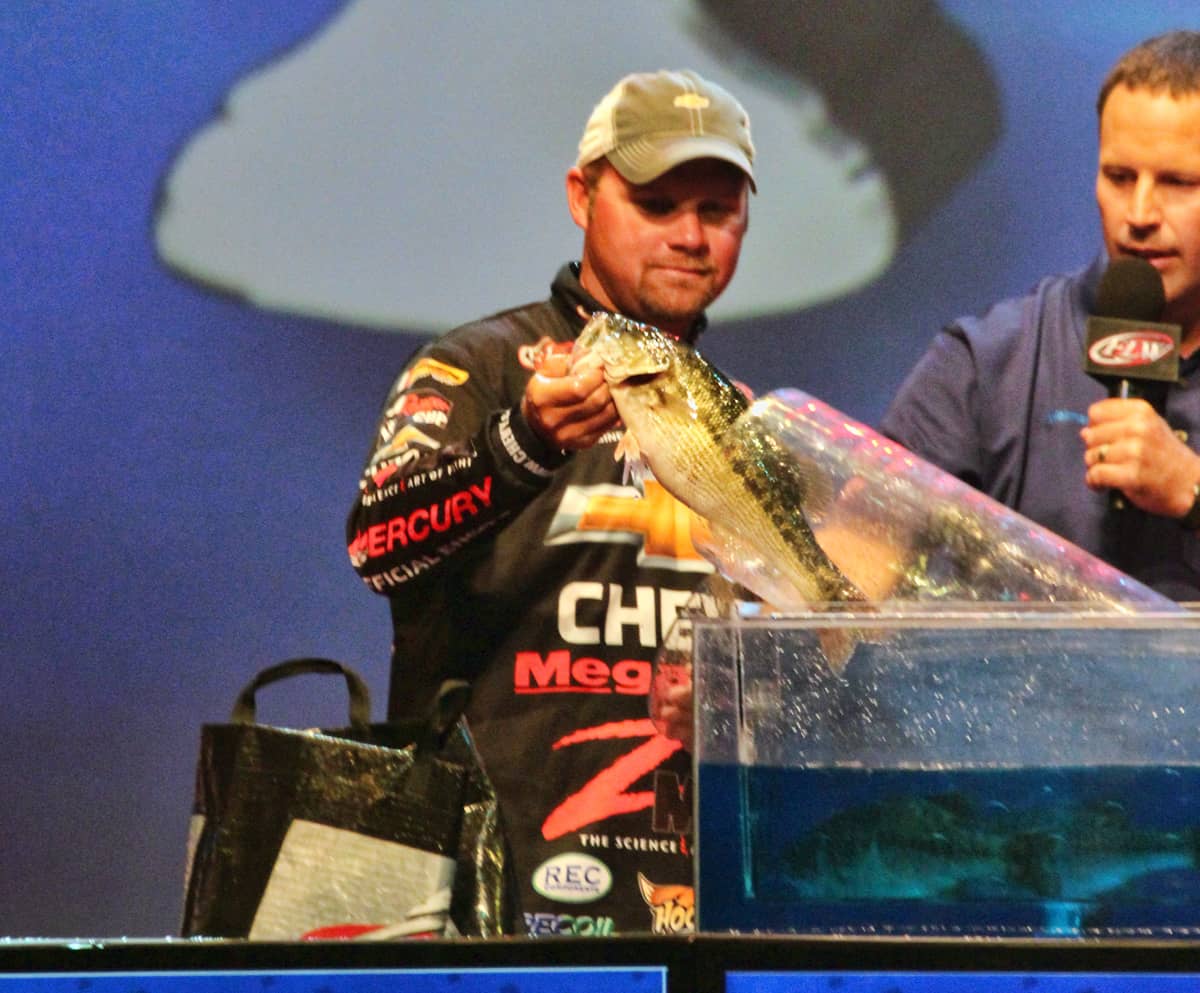Luke Clausen’s Five Tips for Fail-safe Fish Care
Luke Clausen 05.01.13

Catch and release is just the beginning to taking care of a fishery. How you handle the fish from the time you catch it to the time you release it can still kill the fish. By practicing safer catch and release practices, we can all make our fisheries better.
While I am not a biologist, I have heard enough to know there are good and bad ways to handle fish. Here’s five tips to practicing safer catch and release.
1. Keep the fish off the boat carpet or ground
Whether you are fishing on a boat or from the bank, if you lay the fish on a dry surface you will harm it. Fish have a protective slime layer and laying the fish on the carpet of a boat or on dirt, concrete, or grass will remove that layer and make the fish more susceptible to disease.
2. Keep the fish in the water as much as possible
I wouldn’t recommend keeping a fish out of the water for more than a half a minute at a time. Even 30 seconds can be too long to have a fish out of water. If you plan to get a photo of a fish, keep the fish in the water as much as possible while you get the camera ready. Once you are ready, snap the photos and get the fish back in the water.
3. On hot days limit the time you keep the fish in the livewell
Warm water has less oxygen and keeping a fish for a prolonged time will harm the fish past recovery. Many tour pros including myself have an oxygen system in my boat that adds oxygen to the water to alleviate this problem. If you don’t have an oxygen system do your best to keep the water temperature cool or limit the time you have the fish in the livewell.
4. On boats with livewells, run your pumps continuously
I have seen too many anglers run the pumps only part of the time they have fish in the livewells. Take care of the fish and run the livewells the entire time they have fish in them.
5. Add rock salt to your livewell
This is a tip I have heard from several fishery biologists. This will reduce the effects of shock and stress on the fish. Commercially-available livewell additives can also be helpful.
I also suggest checking with your state’s department of fish and wildlife to see what they recommend in your area. Most states have a team of fisheries biologists that will be more than happy to give you some more great tips to taking care of fish you plan to release to be caught again.
Catch and release has been proven to be effective in many areas. Take care of your fishery and make sure the next generation has better fishing than we have today.

